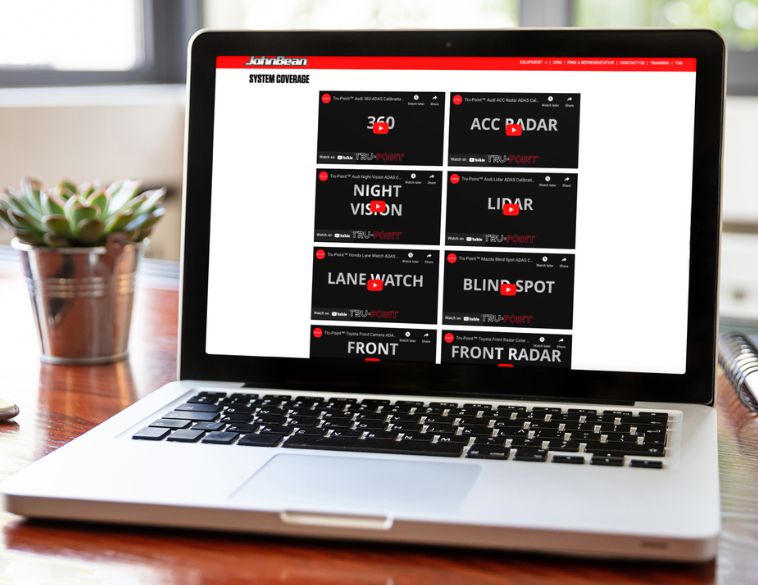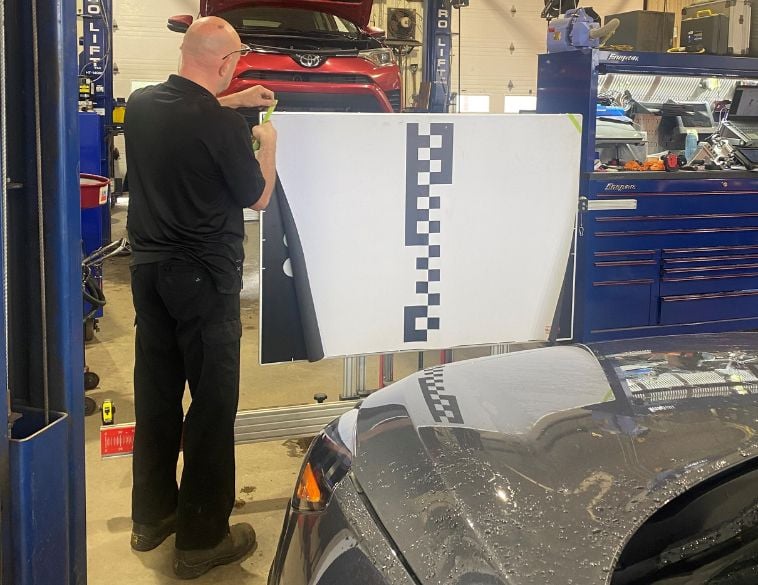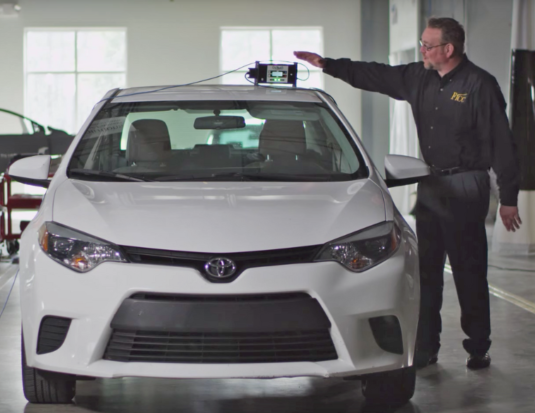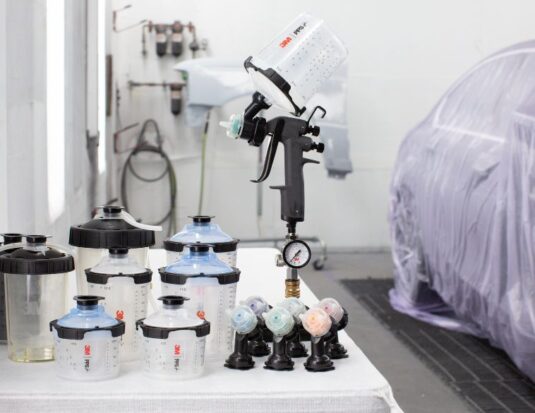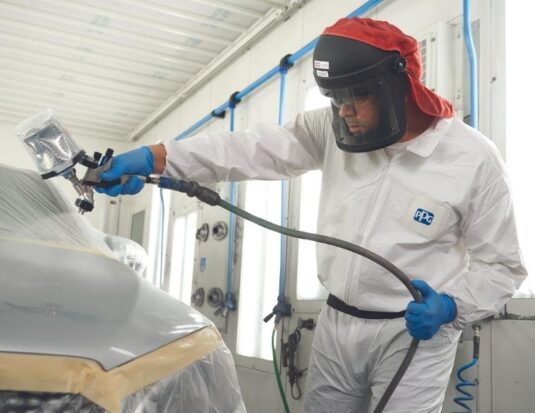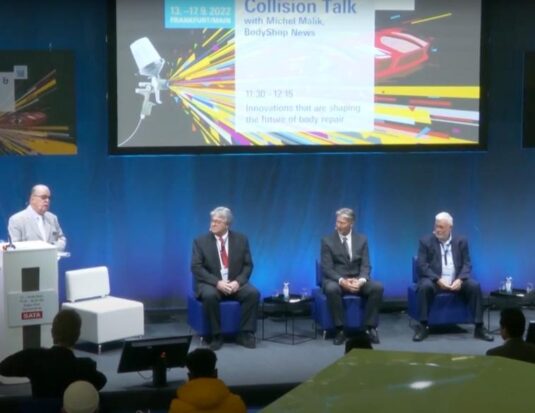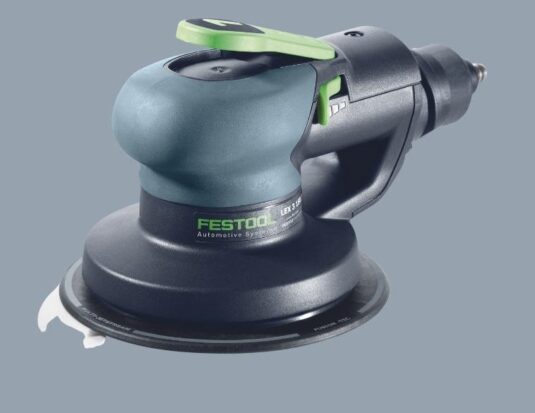Automotive Bodywork Tools and Equipment
This segment encompasses news related to auto body repair specialists, focusing specifically on tools and equipment used in automotive bodywork Here are some of the tools and equipment commonly employed by auto body professionals: Paint spray guns: Auto body experts use high-quality paint spray guns to apply paint evenly and precisely to vehicles; Spectrophotometers: These devices are employed in bodywork to measure paint color and ensure it precisely matches the vehicle’s original hue; Sanders and grinders: These tools smooth rough surfaces and remove damaged layers of paint; Hammers, dollies, and dent-removal tools: Bodywork specialists utilize hammers and dollies to straighten damaged or misshapen body panels; Spot welders: Spot welders are used to join body parts or repair damaged sections of a vehicle’s bodywork; Torque wrenches: These wrenches are employed to tighten bolts and nuts to an exact torque, preventing damage to the bodywork; Paint booths: These enclosed workspaces feature ventilation systems to prevent paint from dispersing into the air and create a controlled environment for applying paint; Polishers: Polishers are used to buff paint, achieving a smooth and glossy finish; Diagnostic scanners: Auto body professionals utilize diagnostic scanners to identify and repair electronic issues in modern vehicles. These tools and equipment are essential for auto body repair specialists, enabling them to perform high-quality repairs and restorations on vehicles.
Paint spray guns
Various types of industrial paint spray guns are used in bodywork, each with distinct advantages and disadvantages depending on the task at hand. Some employ highly modern technology. Here are the most common types of paint spray guns and their use cases: Gravity feed guns: One of the most prevalent paint spray guns, the gravity feed gun stores paint in an overhead reservoir, which gravity feeds into the gun. This gun is ideal for precision tasks like paint touch-ups, as it allows for accurate control of paint application; Suction feed guns: Similar to the gravity feed gun, the suction feed gun stores paint in a reservoir beneath the gun, enabling a larger paint storage capacity. It is used for larger projects such as full vehicle painting; Pressure feed guns: The pressure feed gun uses an air compressor to create pressure that propels paint from the gun. This gun is ideal for larger-scale jobs requiring substantial amounts of paint; Electrostatic or electric guns: The electrostatic gun employs an electric charge to spray paint onto the vehicle’s surface, creating a uniform finish free of spray marks. It is ideal for finishing tasks; Airless gun: The airless gun is used to apply high-pressure paint without air, especially beneficial for projects requiring copious amounts of paint. Depending on the task, auto body repair experts can select the most suitable paint spray gun to achieve optimal results.
Car collisions
According to the most recent data from Transport Canada, there were approximately 1 500 fatal road accidents in Canada in 2020. Efforts are made annually to improve the situation and raise driver awareness. Concurrently, auto body professionals play a crucial role in repairing vehicles following automobile collisions. After a road accident, a vehicle may sustain aesthetic damage such as dents, scratches, paint chips, and body deformations. Bodywork experts can employ previously mentioned tools and equipment to straighten, smooth, and repaint damaged bodywork. Auto body specialists can also restore damaged bodywork components, such as bumpers, fenders, and doors, reinstating the vehicle’s original appearance. Collision repair experts play a pivotal role in vehicle safety post-accident. They meticulously inspect the automobile, ensuring all mechanical and electronic parts function optimally. These professionals may replace components like headlights, taillights, and seatbelts, guaranteeing the car’s secure operation. Annually, expert discussions on welding practices and ADAS calibration transpire at specialized events, enabling auto body technicians to refine their techniques in line with technological advancements. In summary, collision repair professionals are indispensable in rectifying vehicular damage from accidents and ensuring automotive safety post-collision.


